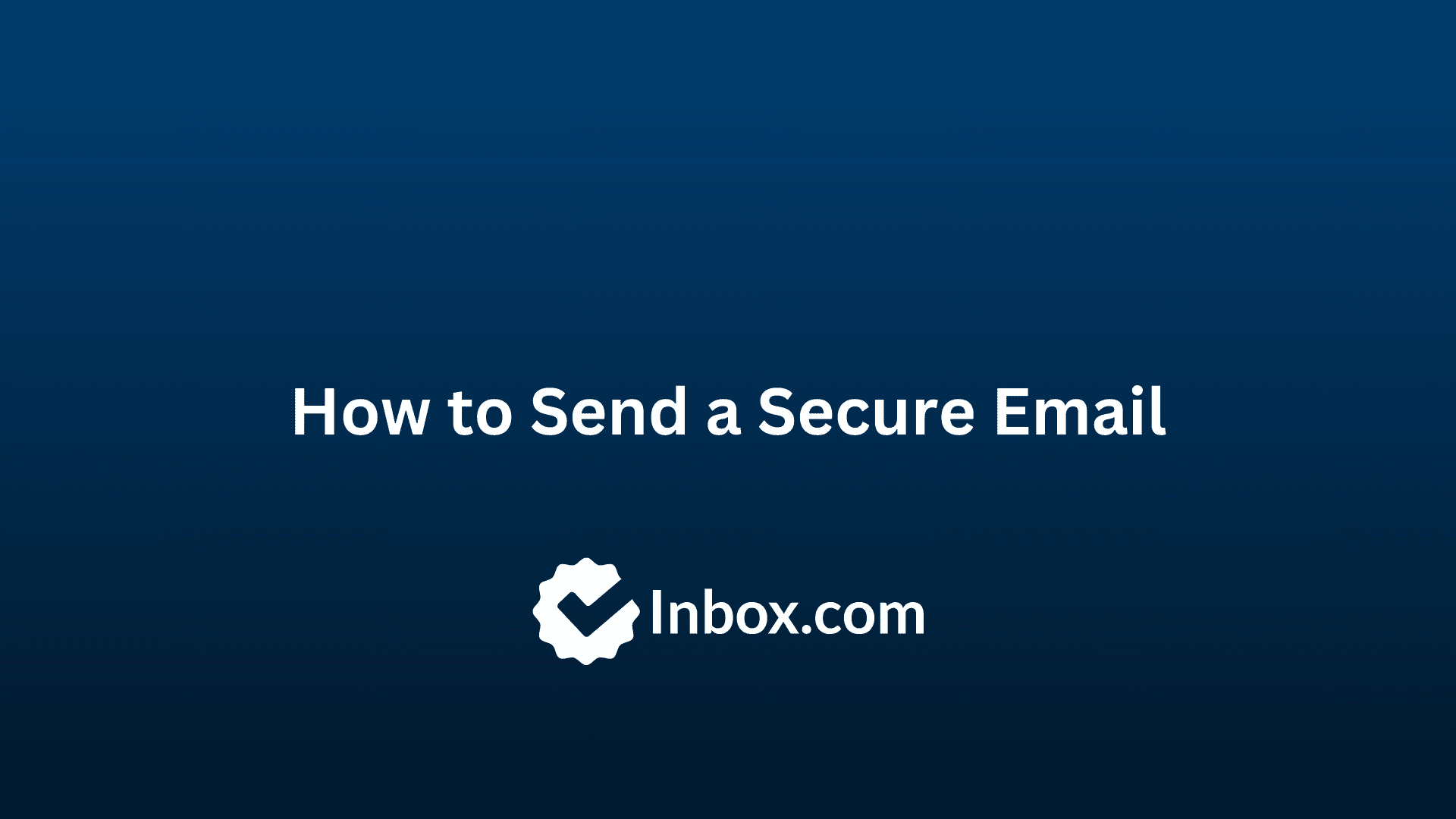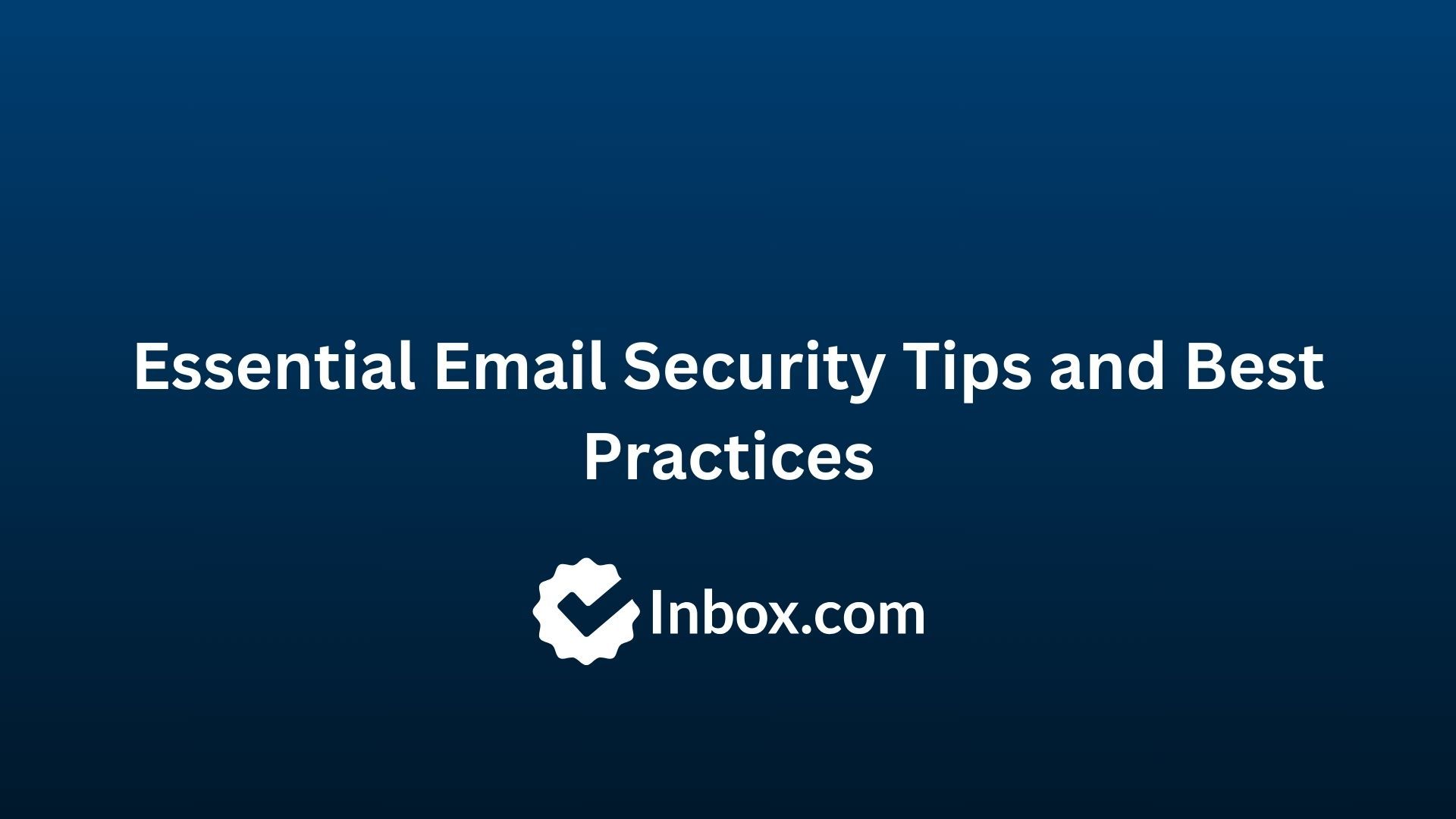
How to Make a Resume: A Full Guide with Templates (2024)
There’s no getting around it — if you’re getting into the job market, you’ll need a resume for pretty much any job application. Along with your cover letter, your resume is your first impression on a potential employer. It’s an opportunity to convince them that you’re a good fit for the job by highlighting your skills, experiences, and qualifications.
In this comprehensive guide, we'll delve into what a resume is, how it differs from a CV, and provide step-by-step instructions on how to create a winning resume.
What is a Resume?
A resume is a concise document that summarizes your education, work experience, skills, and achievements. Its primary purpose is to showcase your qualifications for a specific job or position. Unlike a curriculum vitae (CV), which tends to be more comprehensive and includes detailed information about academic and professional accomplishments, a resume is typically shorter and tailored to the job you are applying for.
CV vs Resume
While often used interchangeably, there are distinct differences between a CV and a resume. A CV is more detailed and comprehensive, typically spanning multiple pages and including a comprehensive list of academic and professional accomplishments, publications, presentations, and more. It is commonly used in academic, scientific, or research settings. On the other hand, a resume is shorter, usually limited to one or two pages, and focuses on relevant work experience, skills, and achievements directly related to the job you're applying for in non-academic contexts.
In the UK, the term “resume” is not used at all, and instead the term “CV” is used for any such document.
How to Make a Resume
Creating an effective resume involves several key steps:
- Choose the Right Resume Format: There are several resume formats to choose from, including chronological, functional, and combination formats. The chronological format lists your work experience in reverse chronological order, starting with the most recent job. The functional format emphasizes skills and abilities over work history, while the combination format combines elements of both. Whatever you choose, simplicity and clarity are key. Use a clean, professional font and make sure your resume is well-organized and easy to read. Consider using bullet points to list your responsibilities and achievements, and use bold text to highlight important information. Be consistent with formatting throughout the document.
- Include Contact Information: Your resume should include your name, phone number, email address, and optionally, your LinkedIn profile or personal website.
- Craft a Compelling Summary or Objective: A brief summary or objective statement at the beginning of your resume can provide employers with an overview of your skills, experiences, and career goals.
- Highlight Relevant Skills and Achievements: Tailor your resume to the job you're applying for by highlighting relevant skills and achievements that demonstrate your qualifications for the position.
- List Work Experience: Include your work history, including job titles, company names, dates of employment, and a brief description of your responsibilities and accomplishments in each role.
- Add Education: List your educational background, including degrees earned, institutions attended, and any relevant coursework, honors, or awards.
- Include Additional Sections: Depending on your background and the job you're applying for, you may want to include additional sections such as certifications, professional memberships, volunteer experience, or language skills.
- Proofread and Edit: Before submitting your resume, carefully proofread it for errors in grammar, spelling, and punctuation. Consider asking a friend or mentor to review it as well.
Which Skills to Put on a Resume
When deciding which skills to include on your resume, focus on those that are most relevant to the job you're applying for. This may include technical skills, such as proficiency in specific software or programming languages, as well as soft skills, such as communication, leadership, and problem-solving abilities. Review the job description carefully and tailor your skills section to match the qualifications and requirements outlined by the employer.
How to List Education on Resume
When listing your education on your resume, include the name of the institution, degree earned, major or field of study, and graduation date. If you have relevant coursework, honors, or awards, you may also want to include them in this section. Generally, list your highest level of education first and omit high school once you have completed college or university.
How to List References on Resume
While it's common to include references on a separate document or provide them upon request, you can also include a line on your resume indicating that references are available upon request. Be sure to obtain permission from your references before listing them, and provide their contact information, including their name, title, company, phone number, and email address.
How Many Bullet Points per Job on a Resume
There's no hard and fast rule for the number of bullet points to include per job on your resume. Instead, focus on highlighting the most relevant responsibilities and achievements that demonstrate your qualifications for the position. Aim for concise, action-oriented bullet points that provide specific examples of your contributions in each role. As a general guideline, 3-5 bullet points per job is often sufficient, but adjust as needed based on the complexity of your responsibilities and the level of detail required to effectively communicate your qualifications.
Resume Cover Letter
You may also need a cover letter for a resume when applying for a job. A cover letter is a personalized document that introduces you to the employer and highlights your qualifications and interest in the position. Use the cover letter to explain why you're a good fit for the job and to expand on specific experiences or achievements mentioned in your resume. If you need help with this, check our guide on how to write a cover letter.
Resume Help
If you're struggling to create or refine your resume, there are resources available to help. Consider seeking assistance from career counselors, resume writing services, or online resources and templates. Additionally, reaching out to mentors or professionals in your field for feedback and advice can be invaluable in crafting a compelling resume.
Resume Examples
You can use these examples below as resume templates that you can adjust to your needs.
Example 1: Entry-Level Marketing Assistant
John Smith 123 Main Street, Anytown, USA | (555) 123-4567 | johnsmith@email.com | LinkedIn: linkedin.com/in/johnsmith
Summary: Motivated and detail-oriented marketing graduate with a passion for digital marketing and social media. Proven ability to create engaging content and implement marketing strategies to drive brand awareness and customer engagement.
Education: Bachelor of Arts in Marketing University of Anytown, Anytown, USA Graduated: May 2023
Skills:
- Social Media Management (Facebook, Twitter, Instagram)
- Content Creation and Copywriting
- Email Marketing (Mailchimp)
- SEO Basics
- Google Analytics
- Adobe Creative Suite (Photoshop, Illustrator)
Experience: Marketing Intern | XYZ Company, Anytown, USA | June 2022 - August 2023
- Assisted in creating and scheduling social media content across multiple platforms, resulting in a 20% increase in follower engagement.
- Contributed to the development of email marketing campaigns, helping to grow the subscriber list by 15%.
- Conducted market research and competitor analysis to identify opportunities for growth and improvement.
Example 2: Experienced Software Engineer
Jane Doe 456 Oak Street, Othertown, USA | (555) 987-6543 | janedoe@email.com | GitHub: github.com/janedoe
Summary: Results-driven software engineer with over five years of experience in full-stack web development. Skilled in building scalable and maintainable software solutions using cutting-edge technologies. Proven track record of delivering high-quality code on time and within budget.
Education: Bachelor of Science in Computer Science University of Othertown, Othertown, USA Graduated: May 2017
Skills:
- Programming Languages: JavaScript, Python, Java, C#
- Front-End Development: HTML, CSS, React, Angular
- Back-End Development: Node.js, Express, Django, ASP.NET
- Database Management: SQL, MongoDB
- Version Control: Git, GitHub
- Agile Development Methodologies
Experience: Senior Software Engineer | ABC Tech Solutions, Othertown, USA | July 2019 - Present
- Led a team of developers in the design and implementation of a new customer relationship management (CRM) system, resulting in a 30% increase in productivity.
- Developed RESTful APIs to integrate third-party services, streamlining business processes and reducing manual data entry by 50%.
- Collaborated with cross-functional teams to identify and prioritize feature enhancements and bug fixes.
Example 3: Administrative Assistant
Emily Johnson 789 Maple Avenue, Anycity, USA | (555) 555-1234 | emilyjohnson@email.com | LinkedIn: linkedin.com/in/emilyjohnson
Summary: Highly organized and detail-oriented administrative professional with five years of experience providing comprehensive support to executives and teams in fast-paced office environments. Proficient in managing calendars, coordinating travel arrangements, and handling confidential information with discretion.
Education: Associate of Arts in Business Administration Community College of Anycity, Anycity, USA Graduated: May 2018
Skills:
- Microsoft Office Suite (Word, Excel, PowerPoint, Outlook)
- Calendar Management
- Travel Coordination
- Document Preparation and Editing
- Data Entry and Record Keeping
- Excellent Communication and Interpersonal Skills
Experience: Administrative Assistant | XYZ Corporation, Anycity, USA | August 2018 - Present
- Managed executive calendars, scheduling appointments, meetings, and travel arrangements.
- Prepared and edited correspondence, reports, and presentations for internal and external distribution.
- Maintained confidential files and records, ensuring compliance with company policies and procedures.
These examples illustrate how to tailor a resume to highlight relevant skills, experiences, and achievements for specific job roles and industries. Remember to customize your resume for each job application to maximize your chances of success. If you need a new business email account so that you can send your resume from a professional address, consider signing up to Inbox.com.
FAQs
What does a resume look like?
A resume typically includes sections for contact information, a summary or objective statement, education, work experience, skills, and additional relevant sections. It should be well-organized, easy to read, and tailored to the job you're applying for.
Should I use a free resume builder?
There are several free online resume builders available, such as Canva, Resume.com, Rocket Resume, My Perfect Resume, Resume Now, Resume Genius, and Indeed's Resume Builder. These tools offer templates and easy-to-use interfaces to help you create a professional-looking resume. You can also look online for further resources by searching for terms like “resume generator” or “resume maker”.
Where can I find free resume templates?
Many websites offer free resume templates, including Microsoft Word, Google Docs, and websites like Canva and Resume.com. These templates come in various styles and formats, allowing you to choose one that best fits your needs and preferences.
How can I use a Google Docs resume template?
Google Docs offers a variety of resume templates that you can access for free. Simply open Google Docs, click on "Template Gallery" from the top menu, and search for "resume" to browse available options.
How to use ChatGPT to write a resume
You can use ChatGPT to generate ideas, review and refine your resume content, or ask for advice on formatting and structure. Simply provide relevant information about your skills, experiences, and qualifications, and ChatGPT can offer suggestions and guidance based on your input. Don’t expect some kind of AI resume magic, though. Write it yourself and use the AI only as a helper.
How many pages should a resume be?
In most cases, a resume should be limited to one or two pages. However, if you have extensive relevant experience or accomplishments, it may be acceptable to extend to a third page. Aim to be concise and include only information that is directly relevant to the job you're applying for.
How long should a resume be?
The length of a resume typically depends on your level of experience and the requirements of the job you're applying for. Entry-level candidates may have shorter resumes, while experienced professionals may have longer ones. As a general rule, aim for one to two pages unless otherwise specified.
How far back should a resume go?
When listing work experience on your resume, it's generally recommended to include positions from the past 10-15 years. Focus on highlighting relevant roles and accomplishments that demonstrate your qualifications for the job you're applying for.
How to make a resume with no experience
If you have limited or no work experience, focus on highlighting your education, skills, volunteer work, internships, and relevant coursework or projects. Emphasize transferable skills, such as communication, teamwork, and problem-solving abilities, that demonstrate your potential value to employers.
How do you spell resume?
The correct spelling is "resume" when referring to a document summarizing one's qualifications for employment. It is often confused with "résumé," which is the French word for "summary" but is also used interchangeably in English-speaking countries. Both spellings are widely accepted in English.
Updated: April 23, 2024 at 2:42 PM
Published: April 23, 2024 at 2:40 PM


